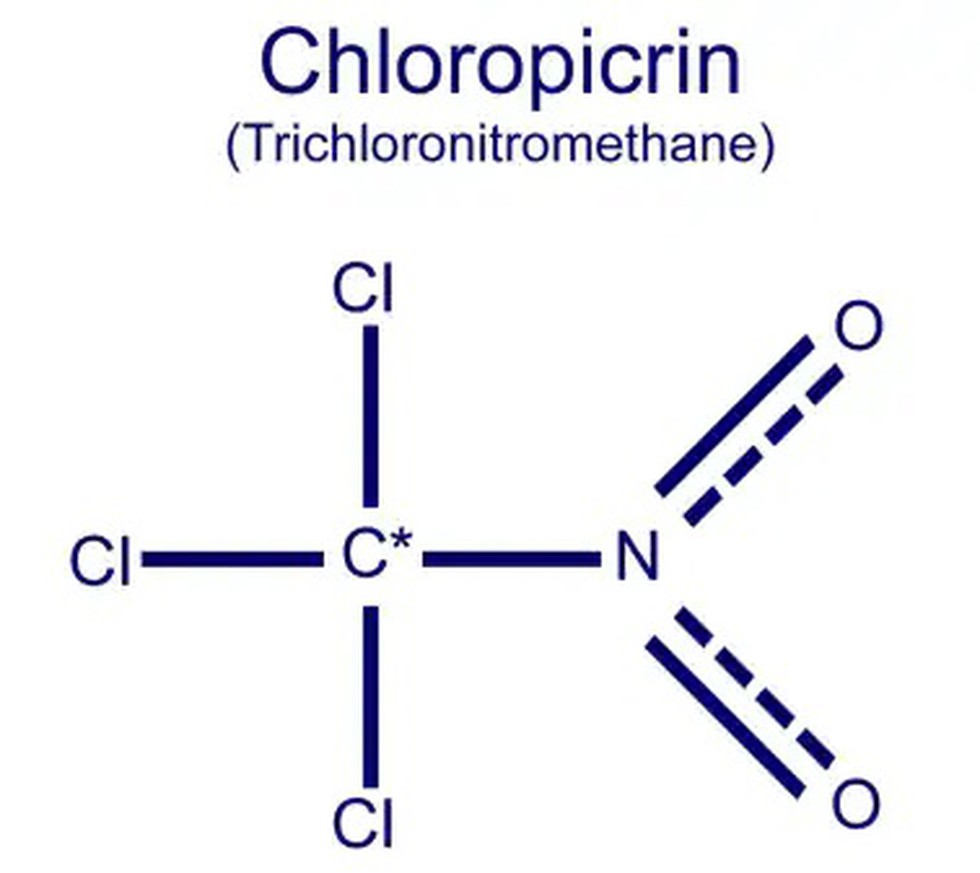About Chloropicrin:
- It is a chemical compound which is also known as nitrochloroform. It is used both as a warfare agent and pesticide. It is a colourless to yellow oily liquid.
- It is used broadly as a fungicide, herbicide, insecticide, nematicide and antimicrobial.
- It is an irritant with characteristics of a tear gas. It has an intensely irritating odour and can be absorbed through inhalation, ingestion and the skin.
- It was first made for use as a poison gas in the First World War, by both the Allied and the Central Powers.
- Manufacturing:
- It’s manufactured in a chemical reaction involving sodium hypochlorite (which in dilute form is called bleach) and nitromethane (a common industrial solvent).
- It can also be made by combining chloroform with nitric acid, which yields chloropicrin and water.
- Impacts on Health:
- Chloropicrin has documented irritating and tears-inducing effects on humans, and is also known to be highly toxic and carcinogenic and also induce vomiting.
Key facts about Chemical Weapons Convention:
- It is a multilateral treatythat bans chemical weapons and requires their destruction within a specified period of time. It entered into force on April 29, 1997.
- It requires states-parties to declare in writing to the OPCW their chemical weapons stockpiles, chemical weapons production facilities (CWPFs), relevant chemical industry facilities, and other weapons-related information.
- It is open to all nations and currently has 193 states-parties. India is a signatory and partyto the Chemical Weapons Convention.It has signed the treaty at Paris on 14th day of January 1993.
- It is pursuant to provisions of the Convention enacted the Chemical Weapons Convention Act, 2000.
